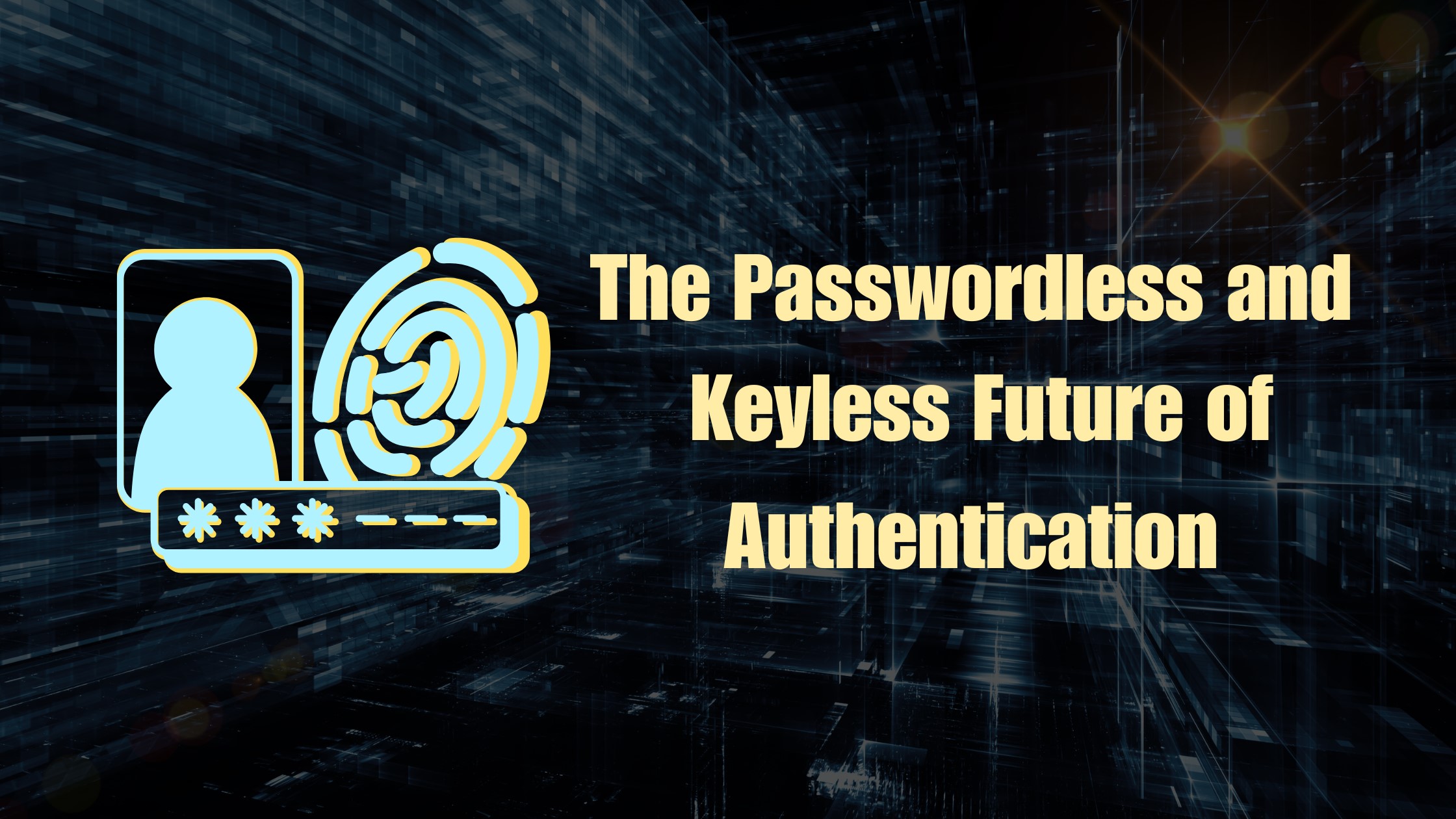The Passwordless and Keyless Future of Authentication
The digital age has long relied on passwords and security keys as the primary means of authentication. However, as cyber threats evolve, so too must our methods of securing access to personal and corporate data. The traditional username-password model is fraught with vulnerabilities, leading to data breaches, credential theft, and phishing attacks. In response, the tech industry is shifting towards a passwordless and keyless future, offering enhanced security and convenience. But what does this transformation entail, and how will it reshape cybersecurity?
The Weaknesses of Password-Based Security
Passwords have been the standard for digital authentication for decades, but their shortcomings are well-documented:
- Weak Passwords: Many users choose easily guessable passwords or reuse credentials across multiple accounts, increasing the risk of credential stuffing attacks.
- Phishing Attacks: Cybercriminals frequently trick users into revealing their passwords through fraudulent emails and fake websites.
- Brute-Force and Dictionary Attacks: Hackers use automated tools to guess passwords by trying thousands of combinations in seconds.
- Credential Leaks: Even strong passwords are vulnerable if stored improperly or exposed through data breaches.
- User Inconvenience: Passwords must be memorized, managed, and periodically changed, making them a burden on users.
The Rise of Passwordless Authentication
A passwordless future aims to eliminate these vulnerabilities by replacing passwords with stronger, more user-friendly authentication methods. The key approaches include:
1. Biometrics-Based Authentication
Biometric authentication leverages unique physical or behavioral characteristics to verify identity. The most common forms include:
- Fingerprint Scanning: Used in smartphones and biometric-enabled access control systems.
- Facial Recognition: A popular option in consumer devices and enterprise applications.
- Iris and Retina Scanning: Offering higher accuracy and security than facial recognition.
- Voice Recognition: Used in smart assistants and telephony security.
These methods provide a seamless and secure way to authenticate users, reducing reliance on passwords.
2. Device-Based Authentication
Device-based authentication involves the use of trusted hardware to grant access, such as:
- Smartphones: Devices can store cryptographic keys or act as authentication tokens.
- Security Chips: Trusted Platform Modules (TPMs) in modern laptops and desktops store cryptographic credentials securely.
- Wearables: Smartwatches and biometric rings can serve as authentication devices.
This approach removes the need for password memorization while ensuring that authentication remains tied to a trusted physical device.
3. Passkeys and Public Key Cryptography
Passkeys use cryptographic key pairs to authenticate users. Instead of passwords, a user’s device stores a private key, while a public key is kept on the authentication server. When logging in:
- The device generates a cryptographic challenge.
- The private key signs the challenge.
- The server verifies the signature using the public key.
Passkeys, developed under the FIDO2 and WebAuthn standards, are being widely adopted by major companies like Apple, Google, and Microsoft.
4. Behavioral Authentication
Behavioral biometrics analyze how users interact with their devices, tracking characteristics such as:
- Typing Speed and Rhythm
- Mouse Movements and Touch Gestures
- Physical Location and Device Usage Patterns
This technology continuously monitors user behavior to detect anomalies and prevent unauthorized access.
The Keyless Future: Eliminating Traditional Hardware Tokens
In addition to passwords, traditional physical keys and security tokens are also becoming obsolete. Advances in authentication technology have introduced:
- Cloud-Based Authentication: Users can securely log in from any device without the need for physical tokens.
- Smartphone-Based Access: Digital credentials stored in mobile wallets or authentication apps replace traditional keycards.
- Decentralized Identity: Users retain control over their identity data through blockchain-based authentication.
These innovations streamline authentication processes while enhancing security.
Benefits of a Passwordless and Keyless Future
The transition to a passwordless and keyless authentication model offers several advantages:
1. Enhanced Security
With no passwords to steal or reuse, cybercriminals lose a common attack vector. Biometric and cryptographic-based authentication provides stronger protection against unauthorized access.
2. Reduced Phishing Risks
Since passwordless methods eliminate the need to enter credentials manually, phishing attacks become far less effective.
3. Improved User Experience
Users no longer need to remember or reset passwords, leading to a smoother login experience across devices and applications.
4. Lower IT Costs
Organizations spend significant resources on password management and support. Passwordless authentication reduces password-related IT support requests and minimizes security breaches.
5. Faster and More Convenient Access
Authentication becomes instant with biometrics and device-based credentials, eliminating the frustration of forgotten passwords or misplaced security keys.
Challenges and Considerations
Despite its advantages, the transition to a passwordless and keyless future presents several challenges:
- Implementation Costs: Organizations must invest in new authentication technologies and infrastructure.
- Device Compatibility: Older hardware may not support modern authentication methods.
- Privacy Concerns: Biometric data storage raises ethical and legal questions about user privacy.
- Recovery Mechanisms: Users need secure alternatives if they lose access to their biometric or device-based credentials.
The Road Ahead: Adoption and Future Innovations
Tech giants and security providers are rapidly advancing passwordless authentication. Some key developments include:
- Apple, Google, and Microsoft’s Passkey Initiative: These companies are integrating passwordless authentication into their ecosystems.
- Banking and Financial Sector Adoption: Financial institutions are embracing biometric and cryptographic-based authentication.
- Decentralized Identity Standards: Blockchain-based authentication is gaining traction in digital identity verification.
- AI-Driven Authentication: Artificial intelligence is enhancing security by continuously analyzing user behavior.
Conclusion: Embracing the Future of Authentication
The shift toward a passwordless and keyless future is inevitable. While challenges remain, the benefits of enhanced security, improved user experience, and reduced phishing risks make it a necessary evolution in cybersecurity. Organizations and individuals must proactively adopt these advancements to stay ahead of cyber threats and ensure a safer digital future.
As we move forward, authentication will become more seamless, secure, and integrated into our daily lives—ushering in an era where passwords and physical keys become relics of the past.


